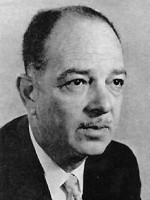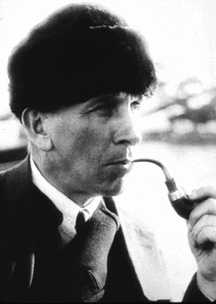Answer the following questions based on your interpretation of the Tectonic Plates chart of the
Earth Science Reference Tables (page 5) as well as your class notes.
1. Dark (thick) ruled lines with "tooth marks" indicate the location of which type of plate boundary?
 a. divergent b. convergent c. mid-ocean ridge d. transform
a. divergent b. convergent c. mid-ocean ridge d. transform
2. Light (thin) ruled lines with a pair of parallel arrows indicate the location of which type of plate
 boundary?
boundary?
 a. transform b. divergent c. convergent d. ocean trench
a. transform b. divergent c. convergent d. ocean trench
3. Which feature is diagnostic and characteristic of most convergent plate boundaries?
 a. mid-ocean ridge b. transform fault c. ocean trench d. hot spot
a. mid-ocean ridge b. transform fault c. ocean trench d. hot spot
4. Which feature is diagnostic and characteristic of most divergent plate boundaries?
 a. hot spot b. mid-ocean ridge c. ocean trench d. mountain belts
a. hot spot b. mid-ocean ridge c. ocean trench d. mountain belts
5. Which plate is defined entirely by convergent plate boundaries?
 a. Nazca b. African c. Philippine d. Australian
a. Nazca b. African c. Philippine d. Australian
6. The distance between South America and Africa is
 a. decreasing b. increasing c. remaining the same
a. decreasing b. increasing c. remaining the same
7. The distance between India and Eurasia is
 a. decreasing b. increasing c. remaining the same
a. decreasing b. increasing c. remaining the same
8. The distance between Hawaii and San Francisco is
 a. decreasing b. increasing c. remaining the same
a. decreasing b. increasing c. remaining the same
9. What is the name of the boundary between the African and Antarctic plates?
 a. Mid-Atlantic Ridge b. Antarctic Ridge c. East Pacific Rise d. Southwest Indian Ridge
a. Mid-Atlantic Ridge b. Antarctic Ridge c. East Pacific Rise d. Southwest Indian Ridge
10. Which pair of hot spots are located at active plate boundaries?
 a. Galapagos and Hawaii b. Canary and Galapagos
a. Galapagos and Hawaii b. Canary and Galapagos
 c. Galapagos and Iceland d. Canary and Iceland
c. Galapagos and Iceland d. Canary and Iceland
11. At which location are divergent plate boundaries rifting apart a continent?
 a. western North America b. western South America
a. western North America b. western South America
 c. northern South America d. eastern Africa
c. northern South America d. eastern Africa
Alfred Wegener, a German meteorologist who spent much of his professional life on the Greenland ice cap, is credited with having developed the theory of continental drift on the basis of the congruent shapes of continental margins as well as the matching of coeval surface geologic features. Harry H. Hess, former WWII US Navy officer and professor of geology at Columbia University, is credited with having discovered sea-floor spreading, the mechanism by which new oceanic lithosphere is created along the world's mid-ocean ridges. Collectively, their pioneering work led to the development of the modern plate tectonic model of the Earth, championed by geophysicists such as Xavier Le Pichon of France.


